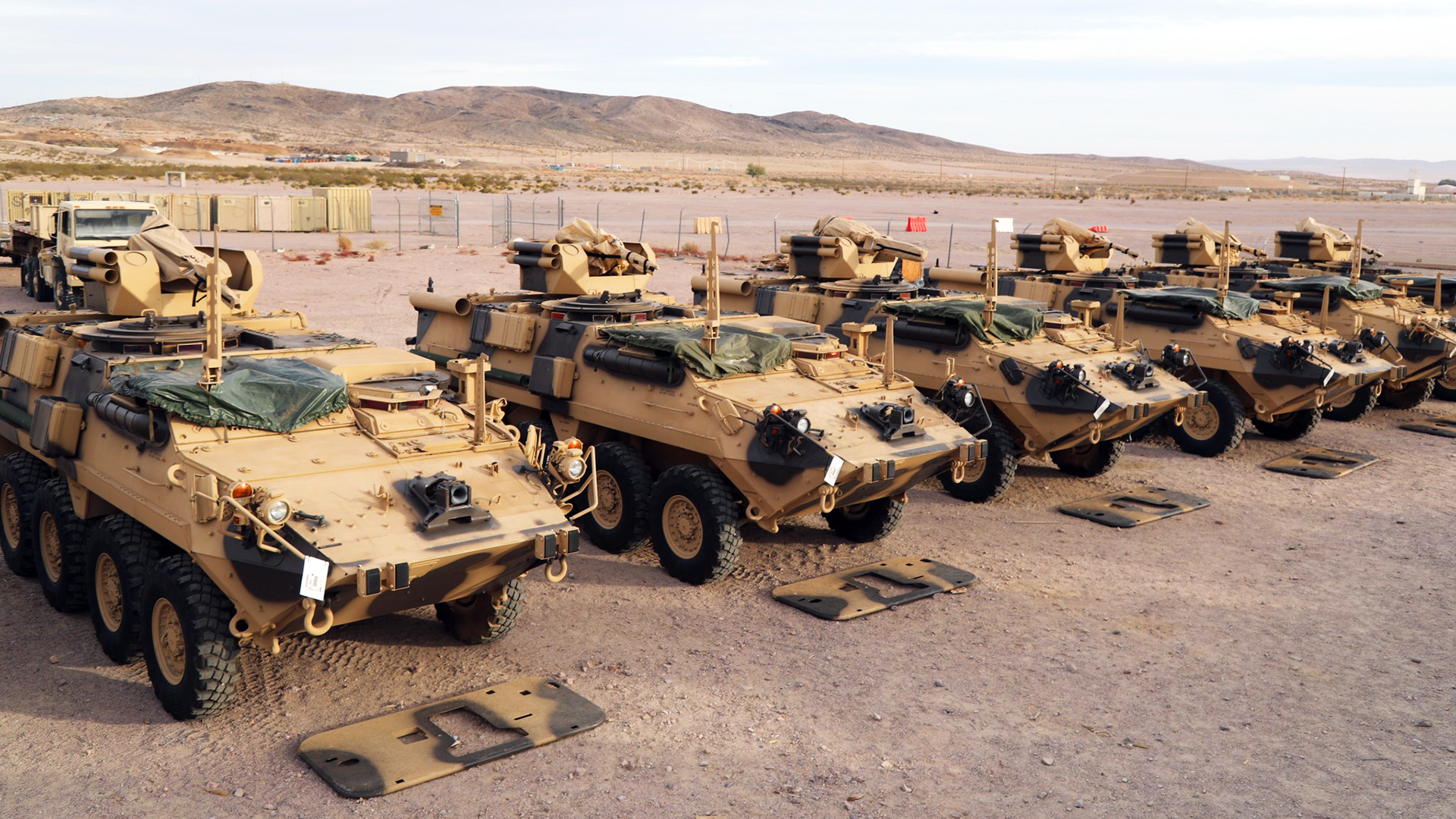The 11th Armored Cavalry regiment, which is primarily tasked with playing the role of the bad guys during major exercises at the U.S. Army’s National Training Center (NTC) at Fort Irwin in California, has shared photos showing the training vehicles the unit is using for new equipment exercises. During these activities, each surrogate wheeled vehicle is meant to visually reflect either a partner or adversarial platform. In this case, the 11th has added types from Russia and France to their existing surrogate vehicle fleet.
The U.S. military, among others, refers to the kind of role the 11th performs as the Opposing Force (OPFOR), and the regiment is the main unit tasked with this threat replication mission at the National Training Center, the Army’s premier high-end training installation. The 11th shared photos of its new surrogate vehicles to Facebook on Friday, and the accompanying post explained that new equipment training exercises using the vehicles began on November 30 and will continue on through December 13 at Fort Irwin.
Paired with the newly added surrogates, the exercises will give the 11th the chance to familiarize itself with peer and near-peer armored personnel carriers, highly mobile reconnaissance vehicles, and self-propelled artillery equipment. The regiment carries out its services at the NTC for various kinds of exercises, which is what the center is known best for. The NTC provides a place for large units to conduct large-scale exercises, often ahead of deployments.
Historically, the 11th along with other OPFOR entities have generally used what is referred to as visually modified (VISMOD) M113 and Humvee-type vehicles. In past exercises with the Idaho Army National Guard, units have used VISMOD kits to turn these vehicles into a mix of surrogate T-72s and BTR-90s. The kits, which were designed by the California-headquartered company WestEfx, consisted primarily of lightweight framing that held fabric coverings and inflatable features designed to reflect the visual signature and silhouette of the vehicle being portrayed.
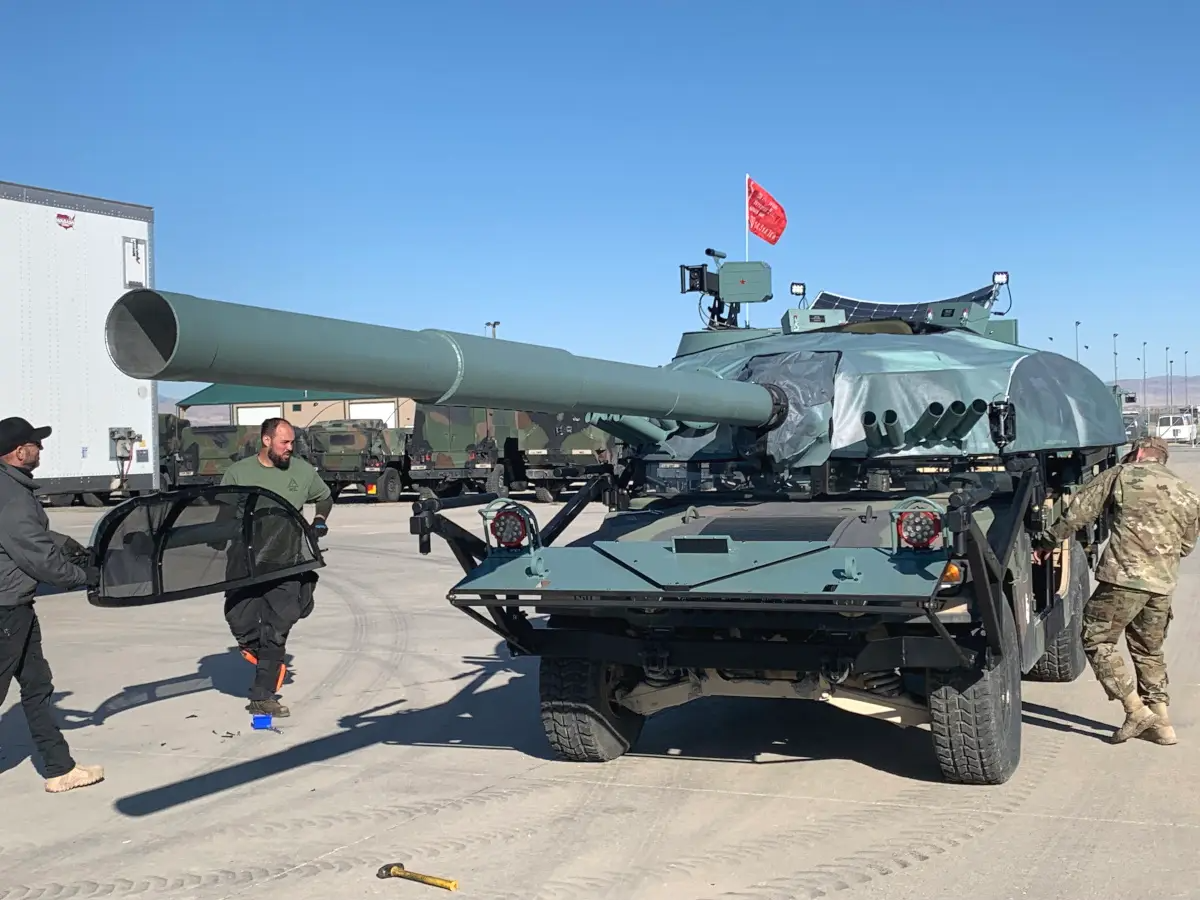
However, on top of that readily available fleet of modified Humvees and M113s, the 11th’s Facebook post explains that the regiment also received a number of different heavily modified vehicles intended to represent, at least superficially, the Russian-made BTR-87 armored personnel carrier, the Russian-made GAZ Tigr light utility vehicle, and the French-made CAESAR 6×6 self-propelled Howitzer. The regiment is using Stryker-series armored vehicles as faux BTRs, a Humvee-based type to emulate the GAZ TIGRs, and FMTV-series trucks to serve as CAESAR-representative vehicles.
It isn’t immediately clear what kind of peer or near-peer adversary the regiment is hoping to replicate with these vehicles, especially considering how the BTR-87 specifically isn’t really in widespread use at present. Still, The War Zone has reached out to the National Training Center for clarification and is awaiting a response. It is also important to note that OPFOR units like the 11th can be called upon to play the role of friendly third-party forces that use non-U.S. kit during exercises, too, not always just that of adversarial nations.
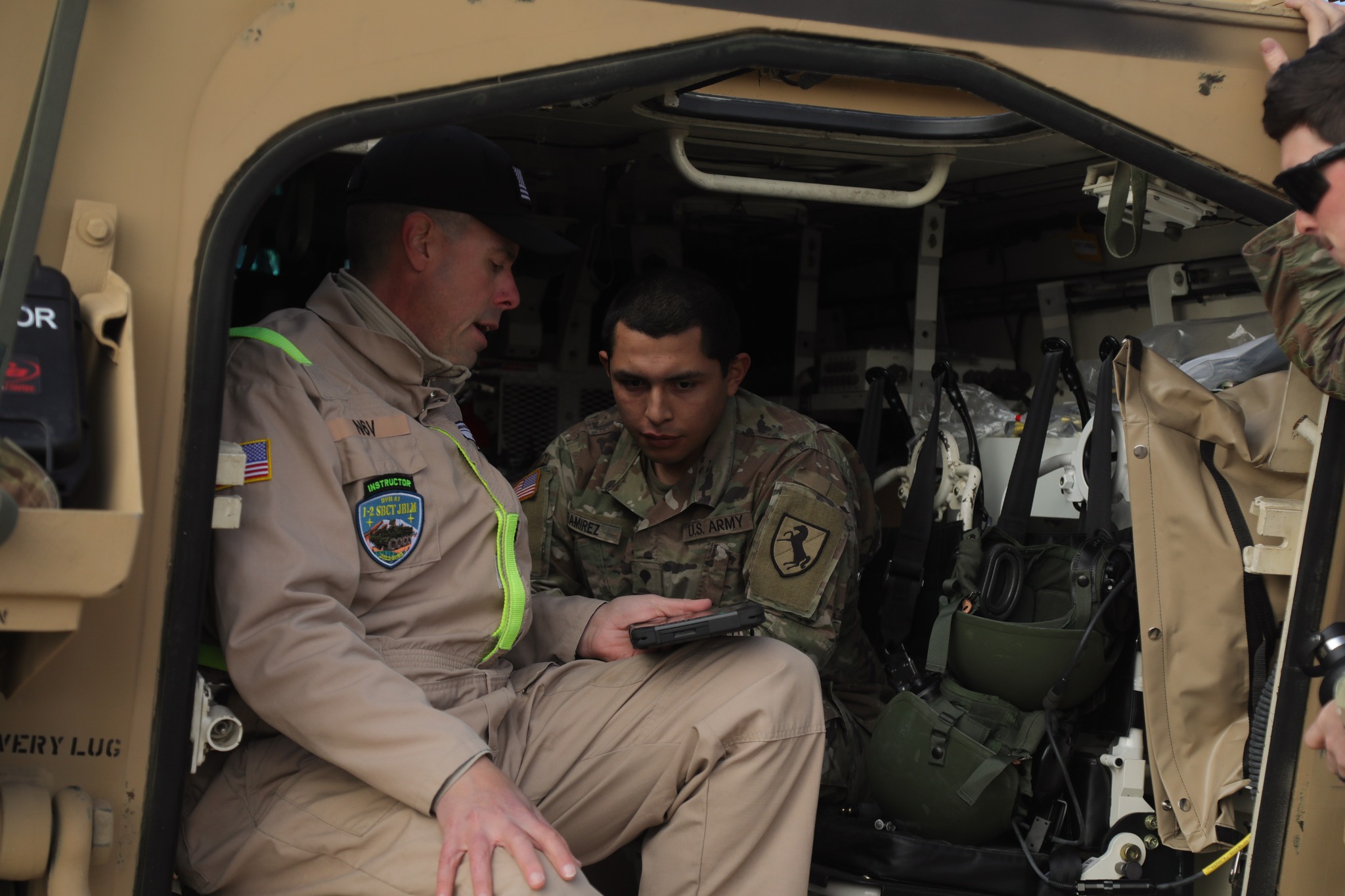
The BTR-87 was a private development effort that originated in Russia, and the first prototype was completed between 2014 and 2015. The vehicle was then publicly unveiled in 2017, but the Russian military didn’t express much immediate interest, and it’s unclear if it ever actually ended up in service with the country. The vehicle bears a resemblance to the BTR-80/82/90-series types, as it is at its core a heavily modified version of the BTR-82A and was designed using available components of the overall family of vehicles.
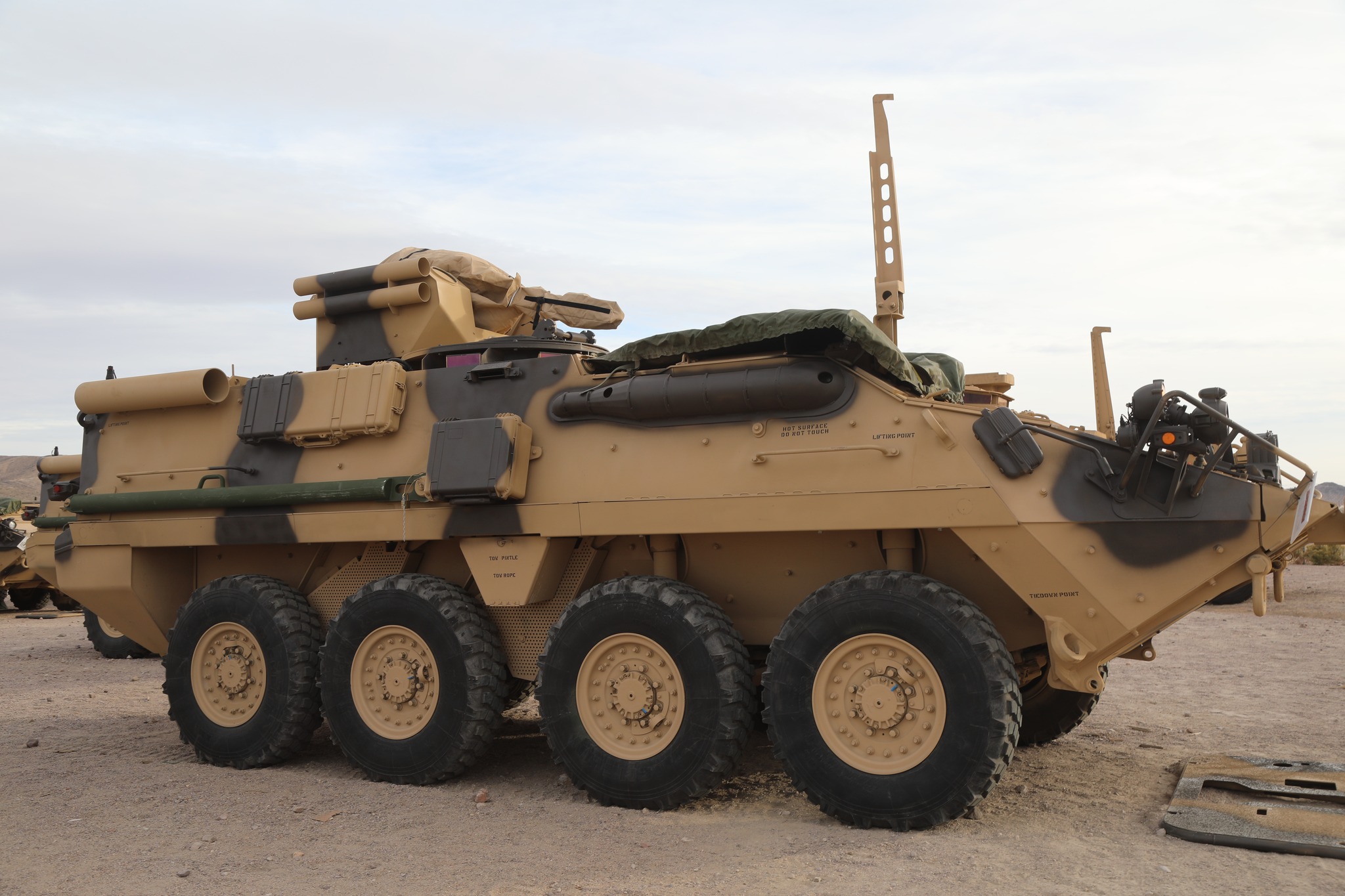
The GAZ Tigr, as the name suggests, was designed by the Russian automobile company GAZ for military and commercial markets. The vehicle is said to take after the U.S. military’s Humvees in order to fill a similar set of roles, which would likely explain why the 11th is using such types to represent this vehicle for its OPFOR exercises. The Tigr is used predominately by Russian forces, but many other countries operate it as well. China is also a co-producer of the vehicle, which is locally designated as the YJ2080 Sentinel.
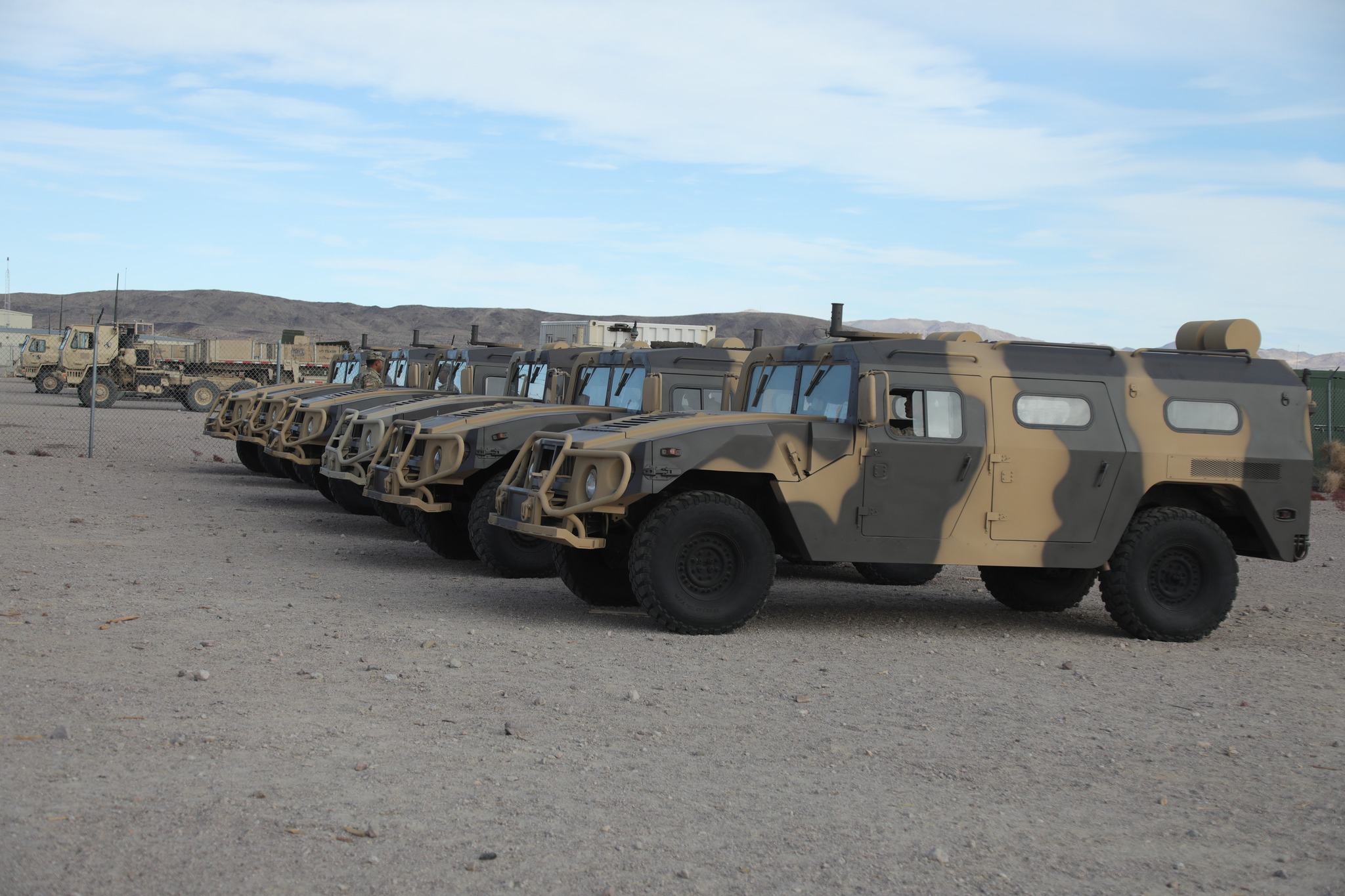

Lastly, France’s CAESAR self-propelled howitzer first appeared in 1994, and an improved version wasn’t developed until 20 years after the first was introduced. While its inaugural variant used a 6×6 wheeled truck chassis, a prototype of what is sometimes referred to as CAESAR 2 with an 8×8 configuration was later introduced in 2015. Just like the Tigr, several countries either currently operate, or plan to operate, the CAESAR howitzer, including France, Denmark, and Ukraine.
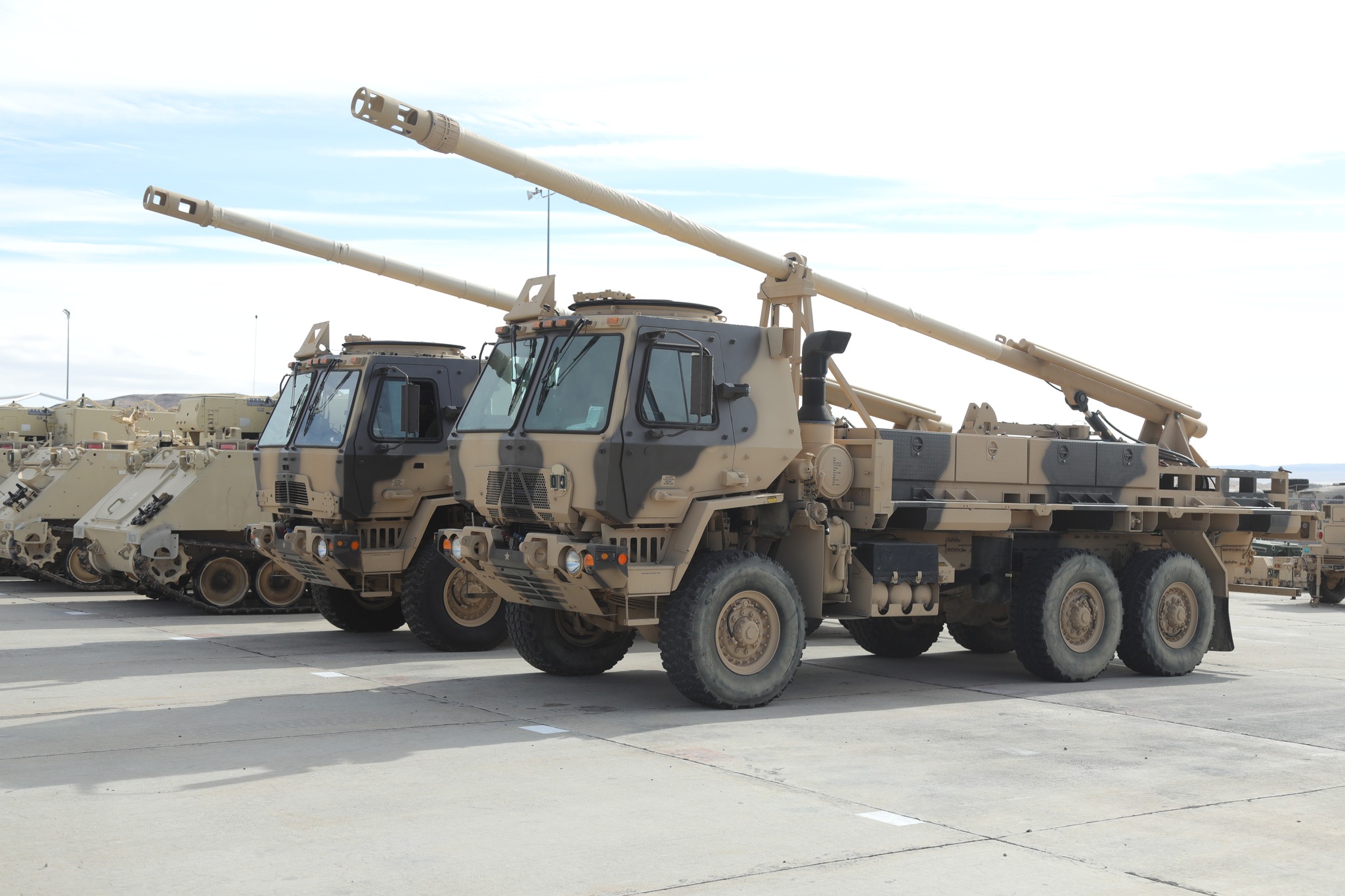

It is important to emphasize at this point that the outward appearance of these vehicles is what the Army is predominately aiming to reflect. Essentially, these surrogate vehicles are just that, they’re not meant to be a one-for-one replica of adversarial platforms. Using impersonations of these vehicles for OPFOR exercises will help the regiment’s training efforts by providing some added realism in terms of visual spotting, vehicle identification, and the like.
However, that isn’t to say that the vehicles’ capabilities aren’t still simulated in some capacity. This can be done using tools like the Instrumentable-Multiple Integrated Laser Engagement System (I-MILES), which is a laser-based training device designed to simulate the firing capabilities and vulnerability of dismounted infantry and all types of combat vehicles and weapons.
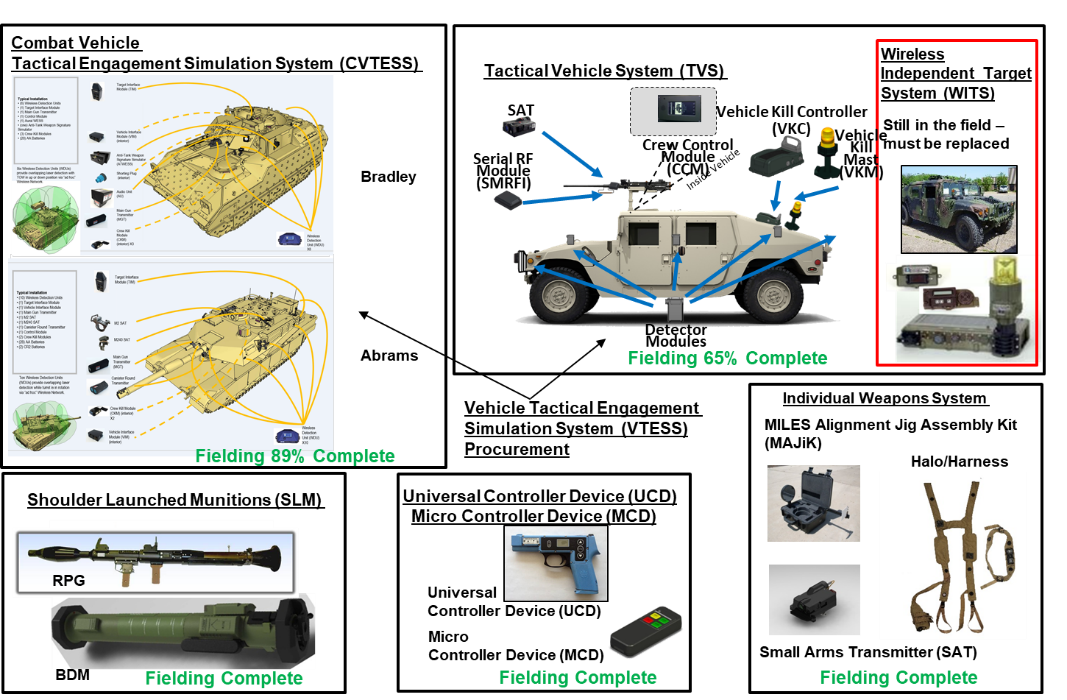
Using surrogate vehicles allows training centers to practice with and against the capabilities of other nations in a more cost-effective way. As opposed to buying and maintaining actual vehicles used by allies and adversaries, which has been done before but isn’t historically common on a wide scale, or developing more complex and therefore expensive surrogates, the less sophisticated training vehicles used most often are simply a more accessible and affordable option.
It is also worth highlighting that all three of these new surrogates are based on vehicles that are in active Army use right now, so when it comes to sourcing spare parts and maintaining them, it will be a much simpler process than it would be operating a niche fleet of foreign types. As noted, actual foreign types are available and serve a useful purpose, too, especially for capabilities evaluation and exploitation purposes. But VISMODs certainly help a lot when it comes to providing this kind of dissimilar opponent, at least visually, at scale, with further replication of each vehicle’s capabilities being simulated in the digital realm that underpins the training events.
The vehicles being simulated also offer a unique reflection of the geopolitical realities at any given time. Considering how streamlined they have made these visual modifications, and with the war in Ukraine plus an increasingly tense relationship between the U.S. and China, we will probably be seeing a lot more diversity in terms of OPFOR vehicles at the NTC in the coming years.
Contact the author: Emma@thewarzone.com
